
SEAT Leon FR (2006-2012) engines, drive and performance

There are two engines available in the FR. The first is a 2.0T FSI – an engine shared with the 2005 Golf GTI. Thanks to a turbocharger it feels urgent and keen to accelerate while the 200bhp unit will sprint from 0-62mph in 7.3 seconds. It sounds good too with a slight boom from the twin exhausts between changes. Economy is an acceptable 36mpg plus there’s also the option of a DSG automatic gearbox that uses two clutches to deliver lightning fast shifts and a fractionally quicker 0-62mph time.
However, it does take something away from the driver involvement and enjoyability of the FR. The other choice is a 2.0 TDI with 170bhp. On paper it isn’t as fast as the petrol model – taking 8.2 seconds to get from 0-62mph, but in everyday driving it feels just as quick. The biggest difference is the diesel’s great in-gear pace which makes it ideal for effortless overtaking and motorway driving.
It is quite noisy though, especially on start-up or at high revs, however, the TDI returns an impressive 47mpg. It’s little surprise that this model is the most popular Leon in the entire range.
The FR builds on the sporty driving characteristics of the standard Leon but adds stiffer sports suspension and a lower ride height. This means it is flatter in bends with very little body roll while the responsive and accurate steering make it very enjoyable on twisting roads. Driving it quickly in corners, the Leon doesn’t feel quite as smooth as the Golf GTI, but it’s very composed and capable nonetheless.
It rarely struggles for grip, although non common rail TDI engine models can be a little unruly if you’re heavy with the accelerator as the power delivery is quite sudden and not especially smooth. Revised FR models from 2009 are fitted with a system called XDS – an electronic system which acts like a limited slip differential. It will smoothly brake a wheel if it’s losing grip in a bend, making cornering more accurate and safer.


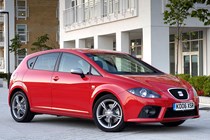
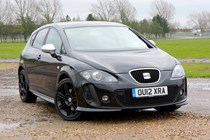
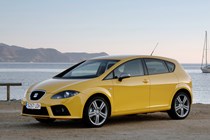
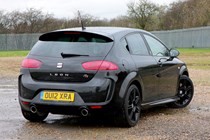
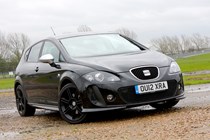
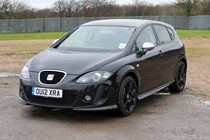
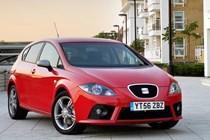


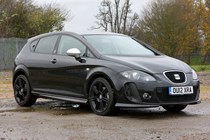

.jpg)
.jpg)
.jpg)
.jpg)
.jpg)
.jpg)
.jpg)
.jpg)
.jpg)
.jpg)
.jpg)
.jpg)
.jpg)
.jpg)
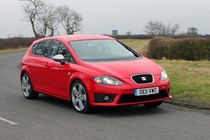

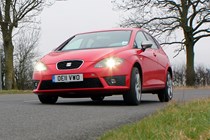
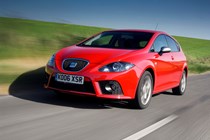
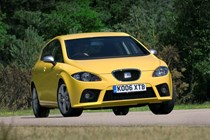
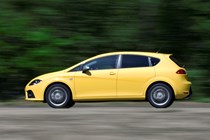
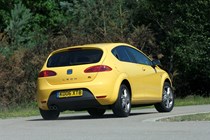
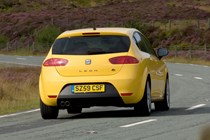
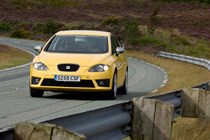
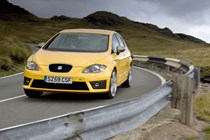

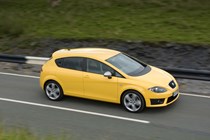
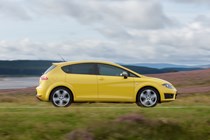

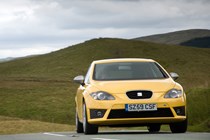
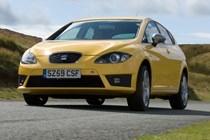
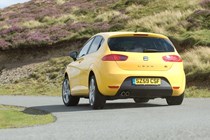
.jpg)
.jpg)
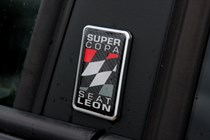
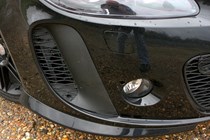
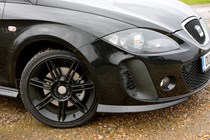
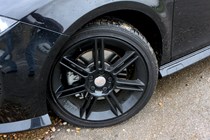
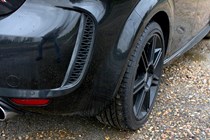
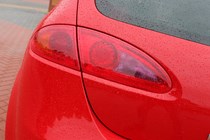
.jpg)
.jpg)
.jpg)
.jpg)
.jpg)
.jpg)
.jpg)
.jpg)
.jpg)
.jpg)
.jpg)
.jpg)
.jpg)
.jpg)
.jpg)
.jpg)
.jpg)
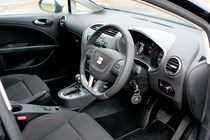
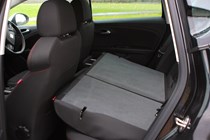
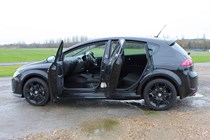
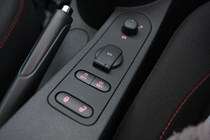
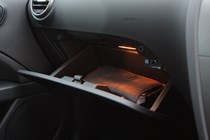
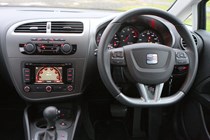
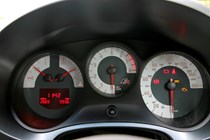
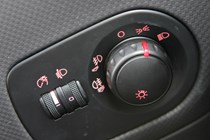
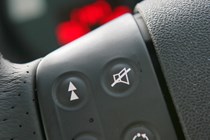
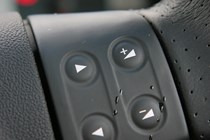
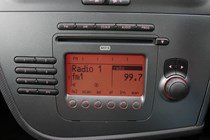
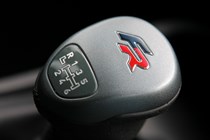
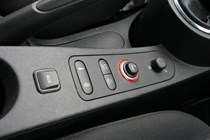


.jpg)
.jpg)
.jpg)
.jpg)
.jpg)
.jpg)
.jpg)
.jpg)
.jpg)
.jpg)
.jpg)
.jpg)
.jpg)
.jpg)
.jpg)
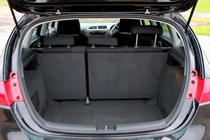

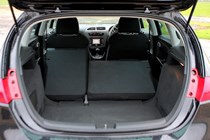

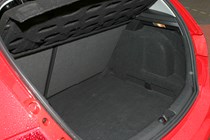
.jpg)
.jpg)
.jpg)
.jpg)
.jpg)
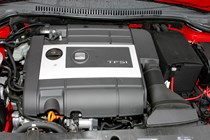
.jpg)
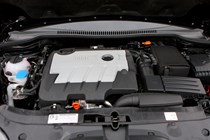
.jpg)
.jpg)











.jpg?quality=50)
.jpg?quality=50)
.jpg?quality=50)
.jpg?quality=50)
.jpg?quality=50)
.jpg?quality=50)
.jpg?quality=50)
.jpg?quality=50)
.jpg?quality=50)
.jpg?quality=50)
.jpg?quality=50)
.jpg?quality=50)
.jpg?quality=50)
.jpg?quality=50)

















.jpg?quality=50)
.jpg?quality=50)






.jpg?quality=50)
.jpg?quality=50)
.jpg?quality=50)
.jpg?quality=50)
.jpg?quality=50)
.jpg?quality=50)
.jpg?quality=50)
.jpg?quality=50)
.jpg?quality=50)
.jpg?quality=50)
.jpg?quality=50)
.jpg?quality=50)
.jpg?quality=50)
.jpg?quality=50)
.jpg?quality=50)
.jpg?quality=50)
.jpg?quality=50)















.jpg?quality=50)
.jpg?quality=50)
.jpg?quality=50)
.jpg?quality=50)
.jpg?quality=50)
.jpg?quality=50)
.jpg?quality=50)
.jpg?quality=50)
.jpg?quality=50)
.jpg?quality=50)
.jpg?quality=50)
.jpg?quality=50)
.jpg?quality=50)
.jpg?quality=50)
.jpg?quality=50)





.jpg?quality=50)
.jpg?quality=50)
.jpg?quality=50)
.jpg?quality=50)
.jpg?quality=50)

.jpg?quality=50)

.jpg?quality=50)
.jpg?quality=50)